World 🢖 Europe 🢖 United Kingdom 🢖 England 🢖 Surrey
Wonder
Crowhurst Yew, Surrey
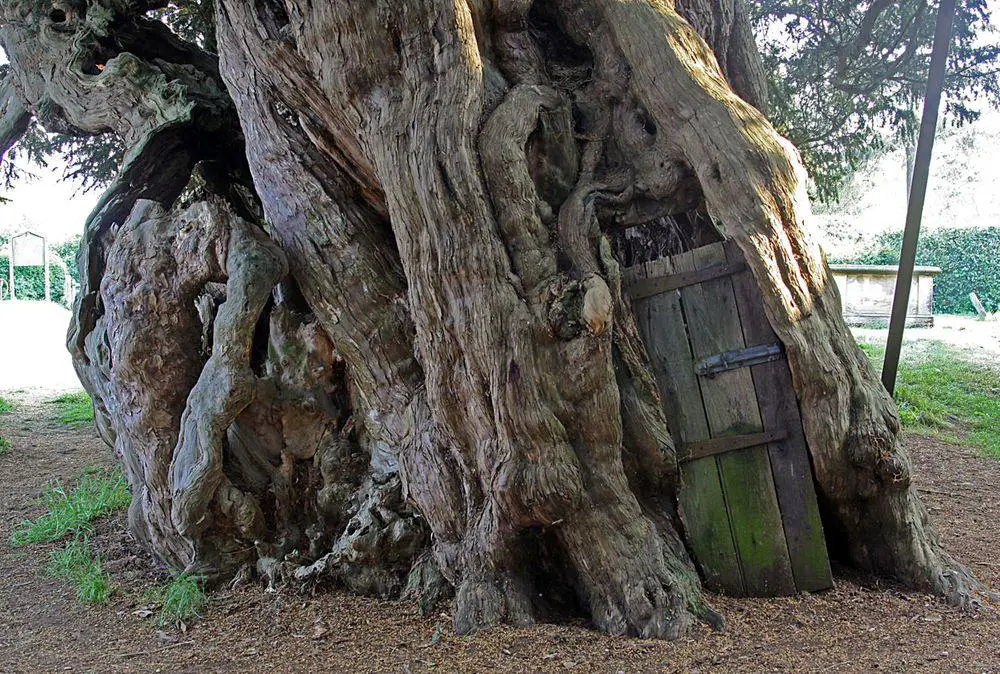
 In short
In short
An amazing tree is Crowhurst Yew. This giant yew tree is "adorned" with a somewhat mysterious entrance door into the trunk of the tree.
 42.3%
42.3%
GPS coordinates
Location, address
Species
Circumference
Map of the site
If you see this after your page is loaded completely, leafletJS files are missing.
 In detail
In detail
Crowhurst Yew and church
Like many other giant yew trees, Crowhurst Yew is located in a church garden, with gravestones very close to it. The first church here was built very long ago – sometimes around 771. The current church is very old as well. Nevertheless, the tree seems to be considerably older than the earliest church here!
Some consider that the yew is 4000 years old, but this is little likely, more credible is the age of some 1500 years.
Tree giant
The first known measurements of the girth of Crowhurst Yew come already from 1630 when the measured girth was 9.1 m. In 1680 the measurements had a less impressive result of 8.15 m. Girth gradually increased and in 2006 at the height of 1.3 the girth was 9.6 m (3). In 2023 it increased further to 10.24 m! (3.).
In spite of its incredible age and size, the tree looks vital. It has though suffered a lot both from men and elements. Thus – many large branches were broken in the violent storm in 1845.
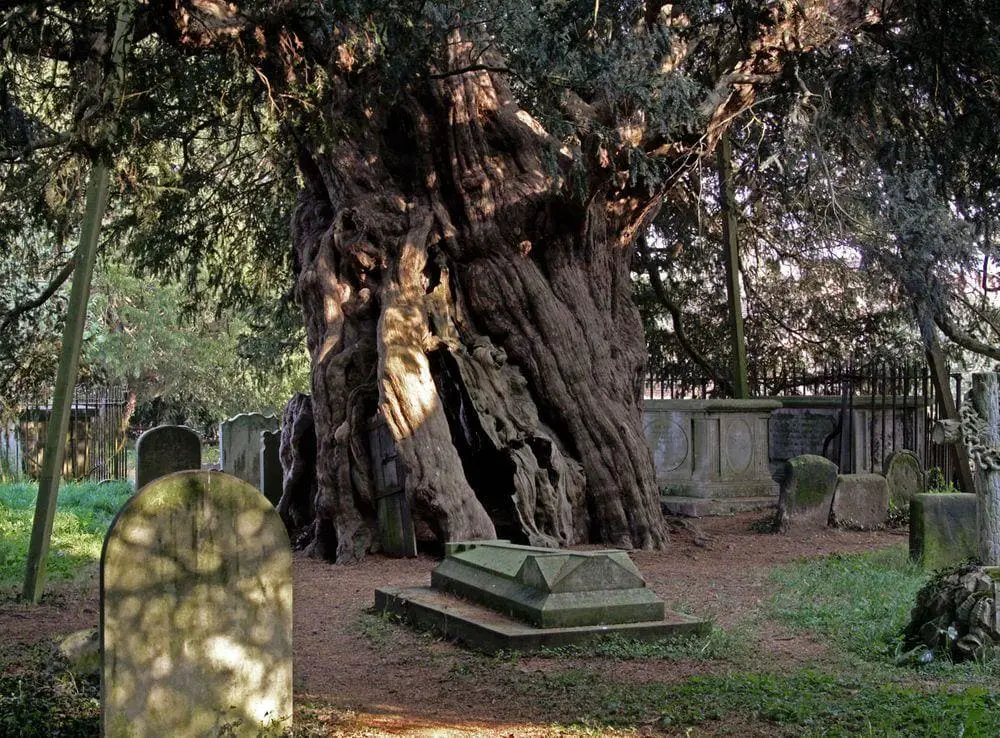
Wooden door and room
The fairytale impression of this giant tree is supplemented by… an old door, leading inside.
This door was built into the tree sometime after 1820 – it is first mentioned in 1850.
Earlier – in 1820 locals hollowed out the bole of the tree. This carving of a hollow was considered to be barbaric already in the 19th century.
The hollow was made large enough to put a table with chairs in it, the room was suited for 14 – 15 people. Most likely the hollow was used during the annual Palm Sunday Fayre.
While enlarging the hollow, locals discovered a cannonball, possibly fired in the English Civil War (sometimes around 1643) and partly grown up with wood. It is possible that this cannonball was fired towards the farm behind the tree – a staunch Royalist position.
There is another Crowhurst Yew! In East Sussex is a village of Crowhurst and at its church also stands a gorgeous, giant yew tree with a circumference of 9.08 m!
References
- Common Yew at TQ39084745, Ancient Tree Hunt, Woodland Trust. Accessed on May 18, 2011
- European Yew close to St. Georges’ church, Crowhurst, England, United Kingdom, Monumental Trees. Accessed on December 27, 2022
Crowhurst Yew is included in the following article:
 Linked articles
Linked articles
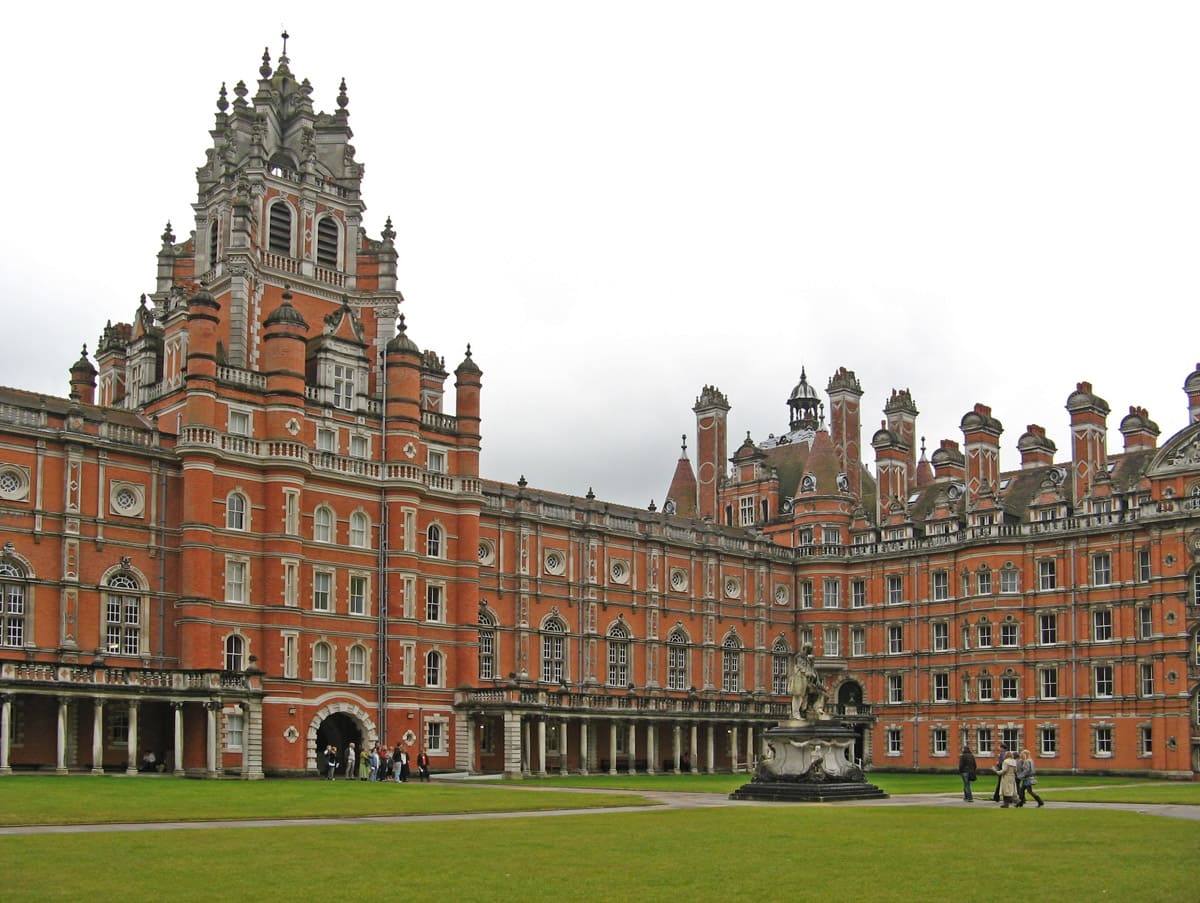
Wonders of Surrey
The cultural and natural heritage of Surrey is very diverse. Especially rich is cultural heritage – this county has numerous valuable country houses, church buildings, and monuments of industrial architecture. Beautiful are the parks of Surrey, mysterious and surprising – the artificial caves and passages.
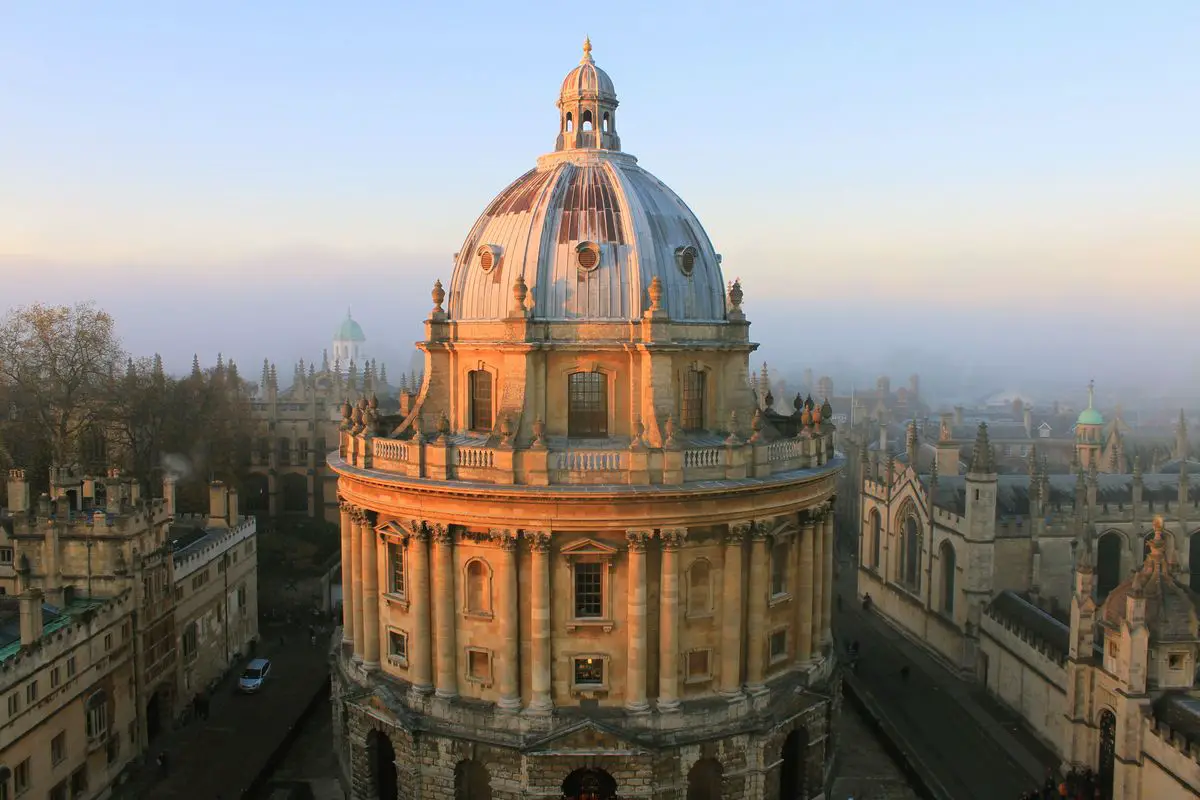
Wonders of England
The natural and cultural wonders of England are very diverse and here are found some of the world’s most impressive landmarks in several categories, such as churches and museums.
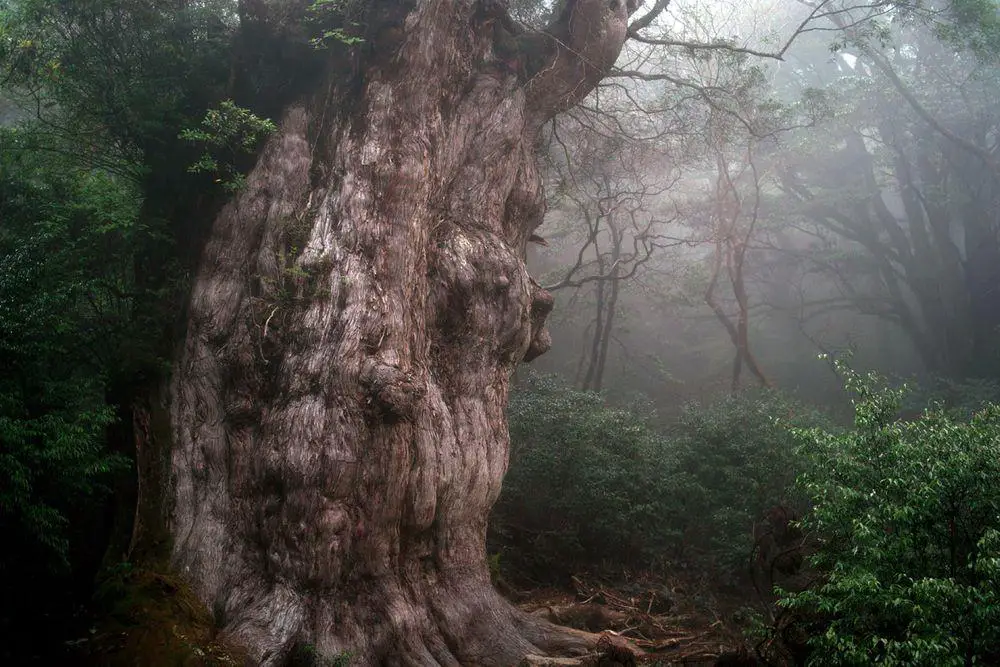
Trees
The category includes some of the most impressive and interesting separate trees in the world. The total number of tree species in the world still is a wild guess – maybe 10,000 and maybe 100,000 but most likely somewhere in between. Every month there are reported new tree species from the whole world, including Western Europe.
 Recommended books
Recommended books
Yew: A History
The yew is one of the most fascinating and versatile life forms on Earth, botanically rich and intriguing, and culturally almost without comparison. This impressive study of the yew reveals that in history, mythology, religion, folklore, medicine, and warfare, the yew bears timeless witness to a deep relationship with mankind. It is the tree that Darwin often rested beneath and under which he wanted to be buried.
The Ancient Yew: A History of Taxus baccata
The gnarled, immutable yew tree is one of the most evocative sights in the British and Irish language, an evergreen impression of immortality, the tree that provides a living botanical link between our own landscapes and those of the distant past. This book tells the extraordinary story of the yew’s role in the landscape through the millennia, and makes a convincing case for the origins of many of the oldest trees, as markers of the holy places founded by Celtic saints in the early medieval ‘Dark Ages’.


